10 Times Animals Changed the Course of History
Throughout history, animals have played pivotal roles in shaping the course of human events, often in ways that go unnoticed. From the domestication of beasts that revolutionized agriculture and transport to unexpected wildlife encounters that have altered political landscapes, the influence of animals is both profound and far-reaching. This article explores 10 remarkable instances where animals have been central in steering the destiny of the world. By examining these moments, we gain insight into the interconnectedness of life on Earth and the subtle yet powerful impact animals have had on human development. Each section will delve into a unique event, illustrating how animals have not only been companions and resources but also critical agents of change in human history. This exploration invites us to reconsider our relationship with the animal kingdom and recognize the profound influence they wield over our shared destiny.
1. The Domestication of the Horse: Catalyst for Civilization
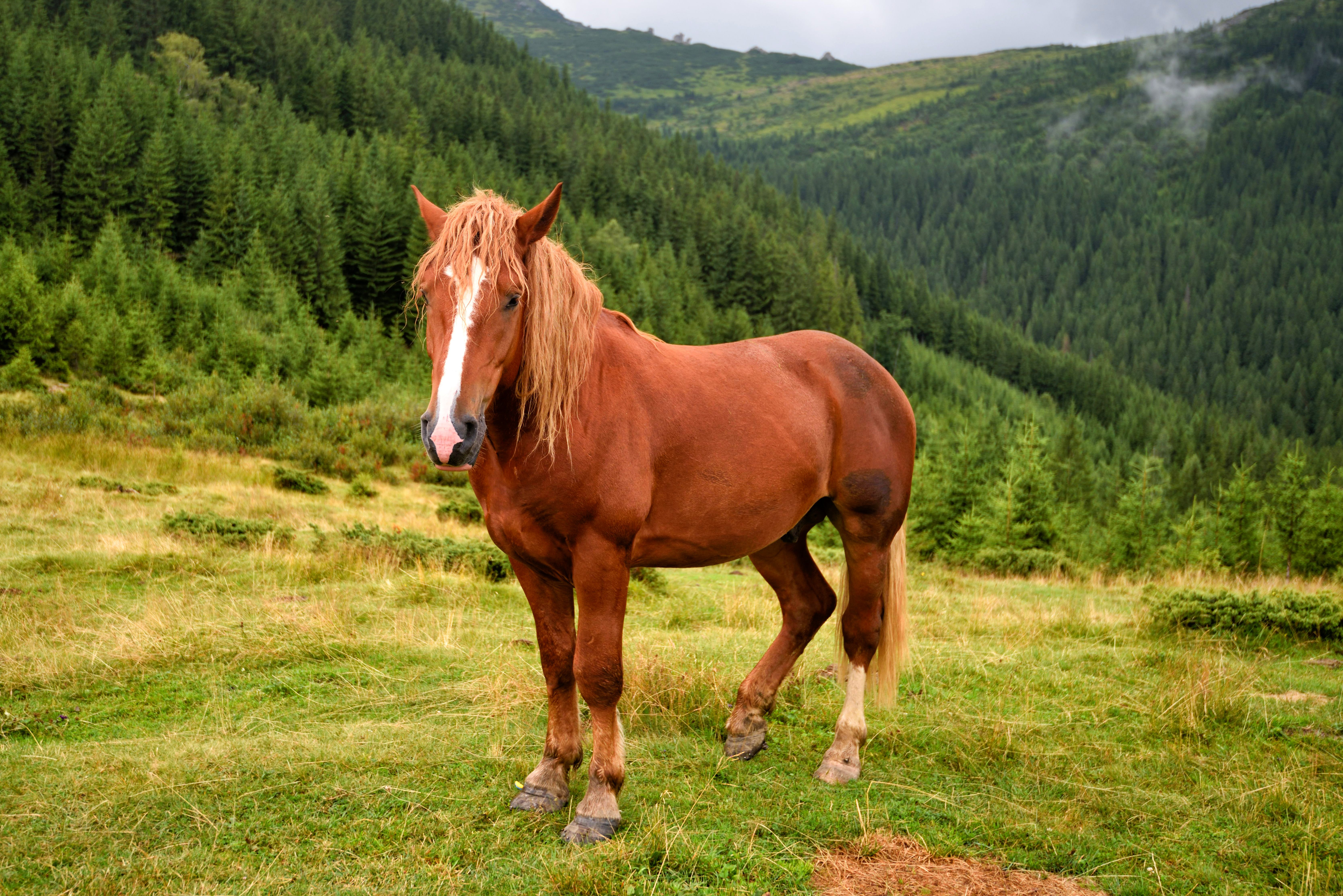
The domestication of the horse around 4000 BCE marked a significant turning point in human history. Prior to this, humans relied on their own strength and primitive tools for agriculture and transportation. Horses transformed societies by providing unprecedented mobility and power, enabling the expansion of trade routes and the establishment of empires. The horse's strength and speed allowed for faster communication and the rapid movement of goods and armies, effectively shrinking the world and fostering cultural exchange. This profound impact is evident in the rise of civilizations such as the Hittites, Egyptians, and later, the Mongols, whose conquests and cultural developments were facilitated by their mastery of horse riding. The horse not only revolutionized warfare but also altered agricultural practices, leading to increased productivity and population growth. In essence, the domestication of the horse was a catalyst that propelled human societies towards greater complexity and connectivity, laying the groundwork for modern civilization.
2. The Bubonic Plague: Rats and Fleas Altering Medieval Europe
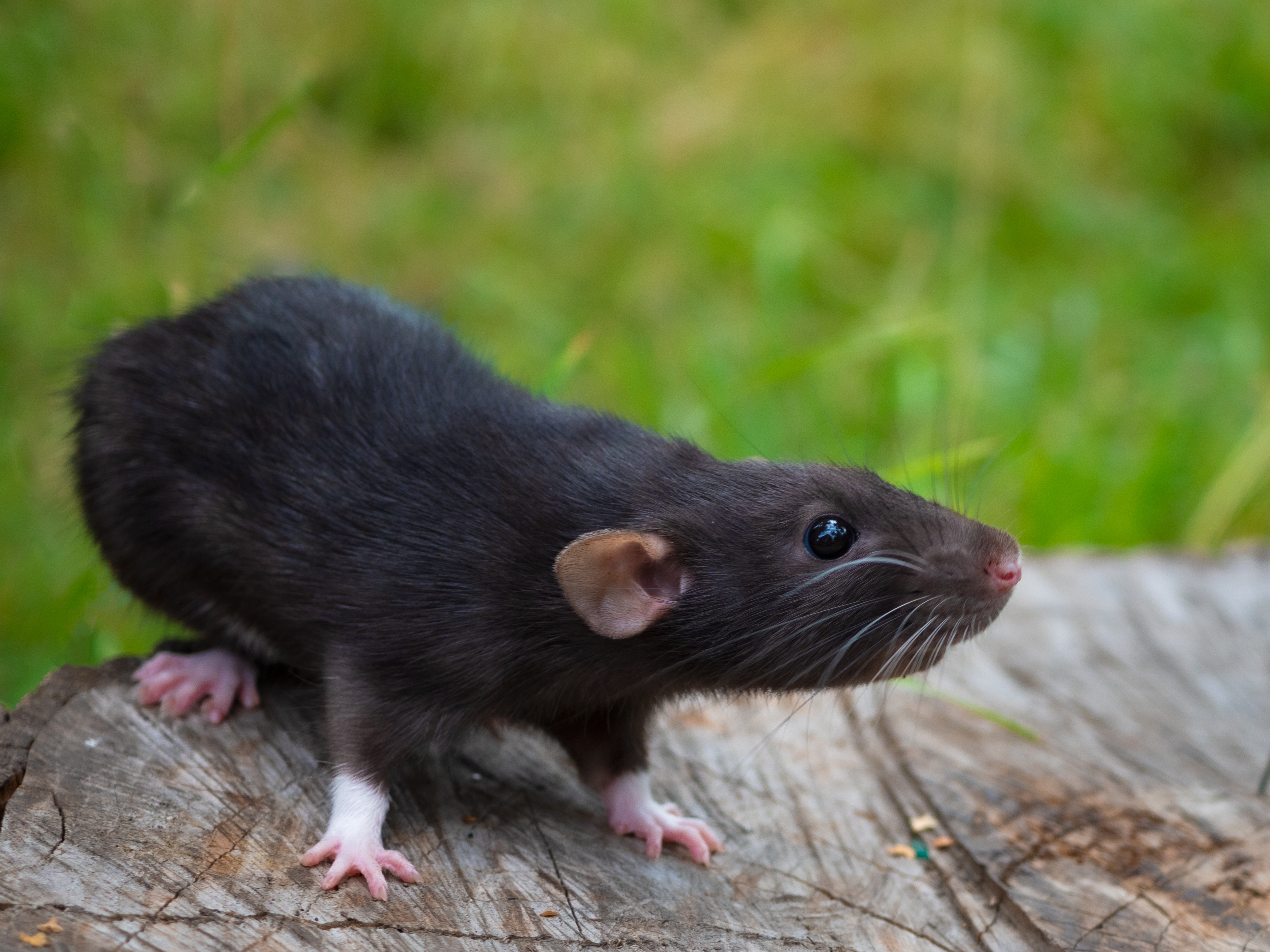
In the 14th century, the Bubonic Plague, also known as the Black Death, decimated Europe's population, killing an estimated 25 million people. This catastrophic event was facilitated by the common rat and its parasitic companion, the flea. As trade routes expanded, rats infested ships and caravans, carrying fleas infected with the Yersinia pestis bacterium across continents. The plague's rapid spread led to widespread social, economic, and religious upheaval. Entire villages were wiped out, labor shortages disrupted feudal systems, and the Church's influence waned as it failed to provide answers or relief. This period of crisis forced societies to adapt, leading to significant changes in labor practices, with increased wages and better working conditions for peasants. The plague also paved the way for the Renaissance by challenging existing structures and encouraging a shift towards humanism and scientific inquiry. Thus, the humble rat and flea played a crucial role in reshaping medieval Europe, setting the stage for modernity.
3. The Role of Elephants in Ancient Warfare: Hannibal's Alpine Crossing
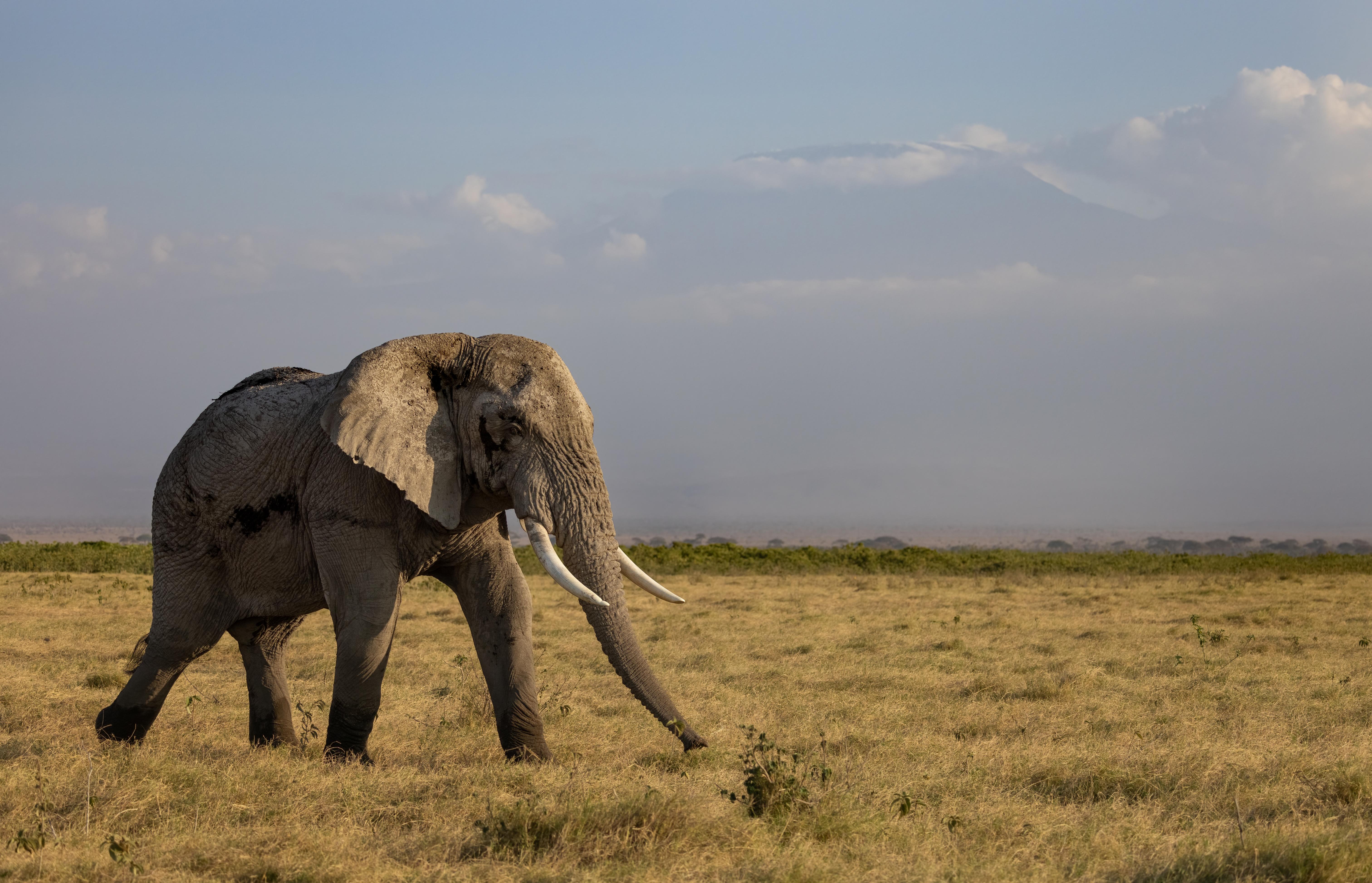
Elephants have long been symbols of power and strength, and their use in ancient warfare was both strategic and psychological. One of the most famous instances of elephants altering human history occurred during the Second Punic War when the Carthaginian general Hannibal led his army, including war elephants, across the Alps to invade Italy. This audacious maneuver caught the Roman Republic by surprise and demonstrated the strategic advantage of using elephants in battle. The sight of these massive creatures instilled fear and chaos among Roman soldiers, giving Hannibal's forces a temporary advantage in the conflict. Although ultimately unsuccessful in defeating Rome, Hannibal's campaign showcased the potential of elephants as instruments of war and highlighted the importance of innovative military strategies. This event underscored the influence of animals in warfare and demonstrated how their presence could alter the dynamics of power and conflict in ancient times.
4. The Impact of Beavers on North American Colonization
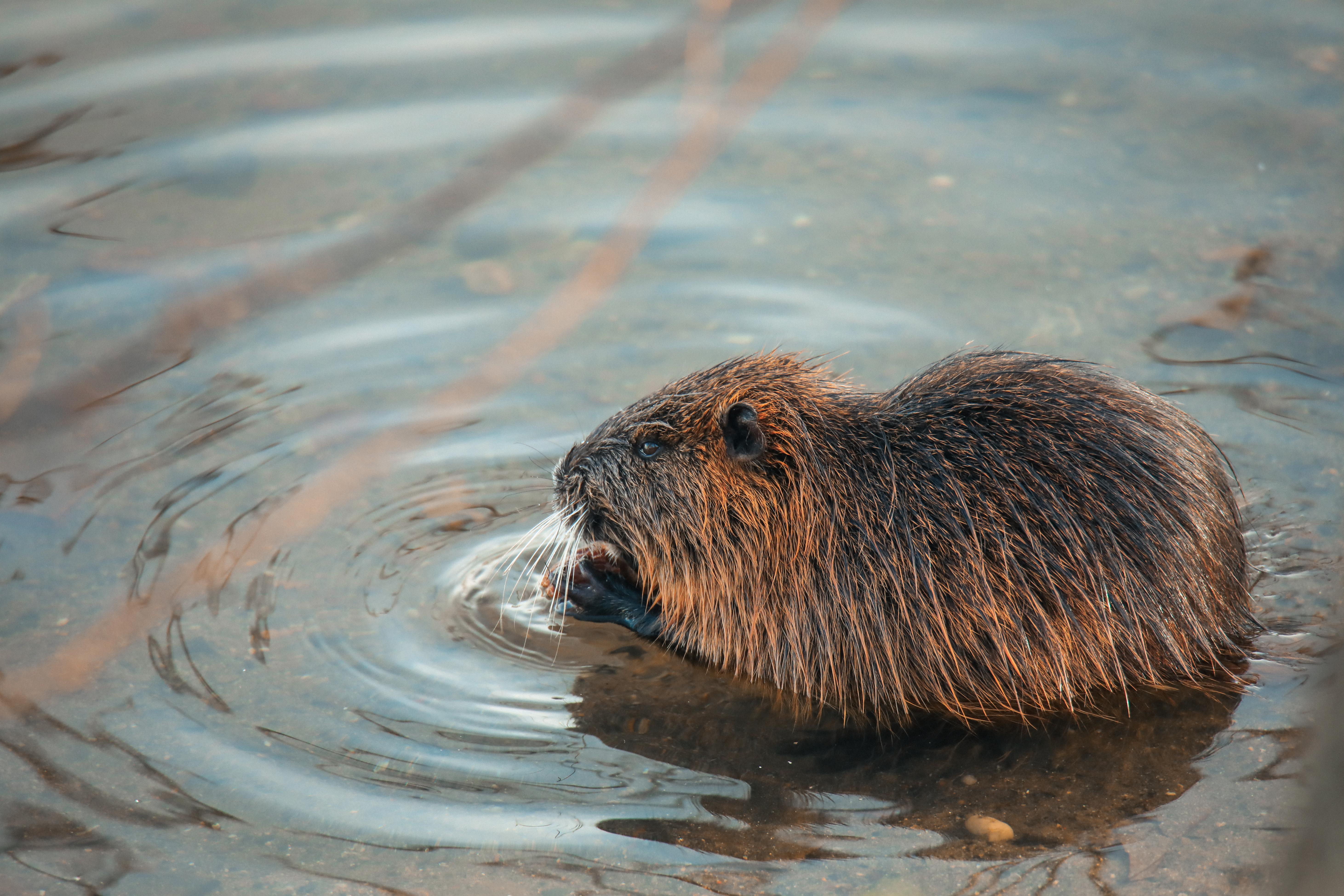
Beavers, with their industrious nature and ability to transform landscapes, played a pivotal role in the colonization of North America. The demand for beaver pelts in Europe drove the fur trade, attracting explorers and settlers to the continent. This trade became the economic backbone of early colonial enterprises, fostering alliances and conflicts with Indigenous peoples. The beaver's influence extended beyond economics; their dam-building activities altered ecosystems, creating wetlands that supported diverse wildlife and provided resources for human settlements. The fur trade also prompted the exploration and mapping of vast territories, facilitating European expansion and the eventual establishment of new nations. However, the overexploitation of beavers led to ecological consequences and tensions with Indigenous communities, whose livelihoods were disrupted. The beaver's role in shaping North American history is a testament to the profound impact a single species can have on human society, driving exploration, economic development, and cultural exchange.
5. The Great Emu War: A Bird's Triumph Over Man
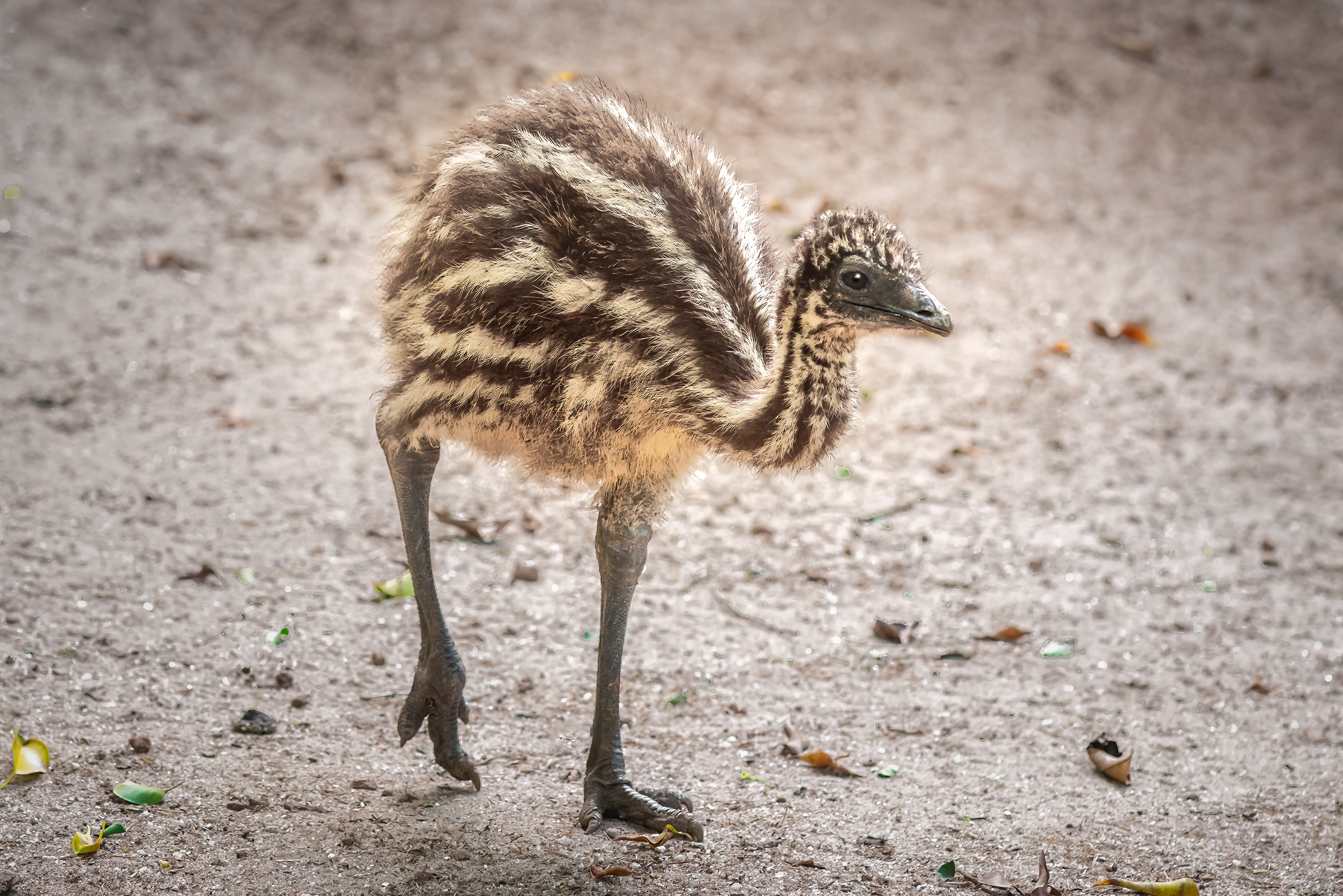
In 1932, Australia faced an unusual conflict known as the Great Emu War, where the government deployed military forces to combat an overpopulation of emus in Western Australia. These large, flightless birds had become a nuisance to farmers, damaging crops and infrastructure. Despite the use of soldiers and machine guns, the emus proved remarkably resilient, evading capture and continuing to wreak havoc. The campaign was ultimately deemed a failure, highlighting the challenges of controlling wildlife populations and the limitations of human intervention in natural ecosystems. The Great Emu War serves as a humorous yet poignant reminder of the unpredictability of nature and the need for sustainable management of wildlife. It also underscores the importance of understanding and respecting the roles animals play in their environments, as their presence can have significant implications for human activities. This event is a unique example of how animals can defy human efforts to control them, asserting their influence in unexpected ways.
6. The Role of Dogs in Shaping Human Evolution
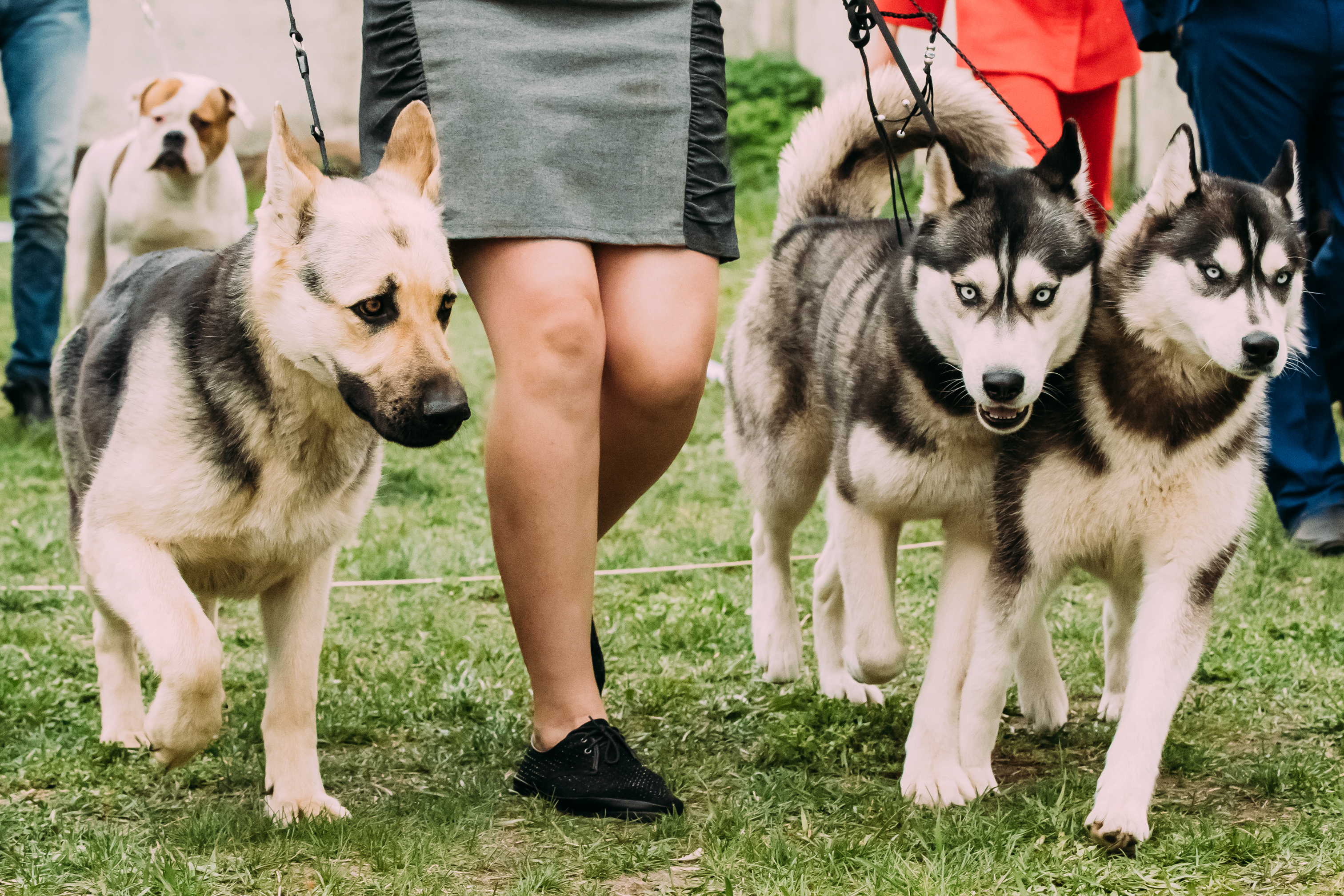
Dogs have been human companions for thousands of years, and their domestication has had a profound impact on human evolution. The partnership between humans and dogs likely began with mutual benefits, as early humans provided food and shelter in exchange for protection and assistance in hunting. This relationship facilitated the development of complex social structures, as dogs helped humans manage livestock and guard communities. The presence of dogs also influenced human migration patterns, as they provided support and companionship during long journeys. Additionally, the bond between humans and dogs may have contributed to the development of empathy and social cognition in humans, as both species learned to communicate and cooperate effectively. The domestication of dogs is a testament to the deep connection between humans and animals and highlights the role of animals in shaping human behavior and society. This enduring partnership continues to influence our lives today, as dogs remain beloved companions and valuable members of our communities.
7. The Role of Livestock in the Spread of Disease: The Columbian Exchange
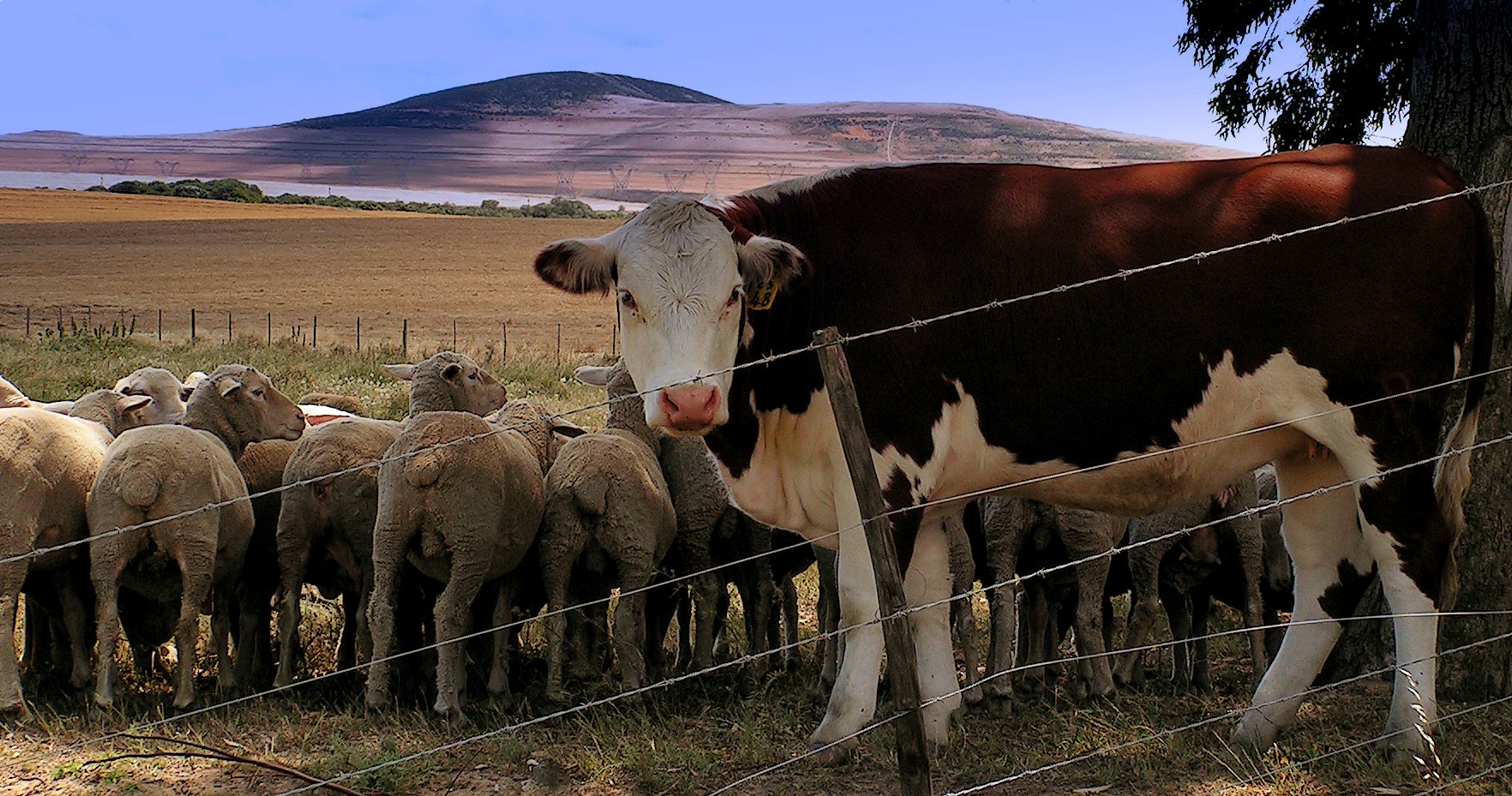
The Columbian Exchange, which began with Christopher Columbus's voyages to the Americas, was a period of significant biological and cultural exchange between the Old and New Worlds. Livestock, such as cattle, pigs, and sheep, played a crucial role in this exchange, as they were introduced to the Americas by European settlers. While these animals provided valuable resources, they also brought with them diseases such as smallpox, measles, and influenza, to which Indigenous populations had no immunity. The resulting epidemics decimated Native American communities, leading to significant demographic and cultural changes. This tragic aspect of the Columbian Exchange underscores the complex interplay between humans, animals, and disease, highlighting the unintended consequences of global interactions. The introduction of livestock also transformed agricultural practices and ecosystems in the Americas, leading to lasting changes in land use and food production. This period of exchange illustrates the profound impact animals can have on human societies, both positively and negatively, as they facilitate cultural exchange and drive ecological change.
8. The Role of Carrier Pigeons in World War I and II

Carrier pigeons played a vital role in communication during World War I and II, serving as reliable messengers in an era before advanced telecommunications. These birds were used to deliver critical information across enemy lines, often flying through dangerous conditions to reach their destinations. Their ability to navigate long distances and return home made them invaluable assets in wartime, enabling the coordination of military operations and the transmission of strategic intelligence. Pigeons such as Cher Ami and G.I. Joe became famous for their heroic efforts, saving countless lives by delivering messages that altered the course of battles. The use of carrier pigeons highlights the importance of animals in human conflict and the innovative ways humans have harnessed their abilities for strategic advantage. This partnership between humans and pigeons underscores the adaptability and resilience of both species in the face of adversity, demonstrating how animals can play crucial roles in shaping the outcomes of human history.
9. The Role of Animals in Environmental Conservation Movements
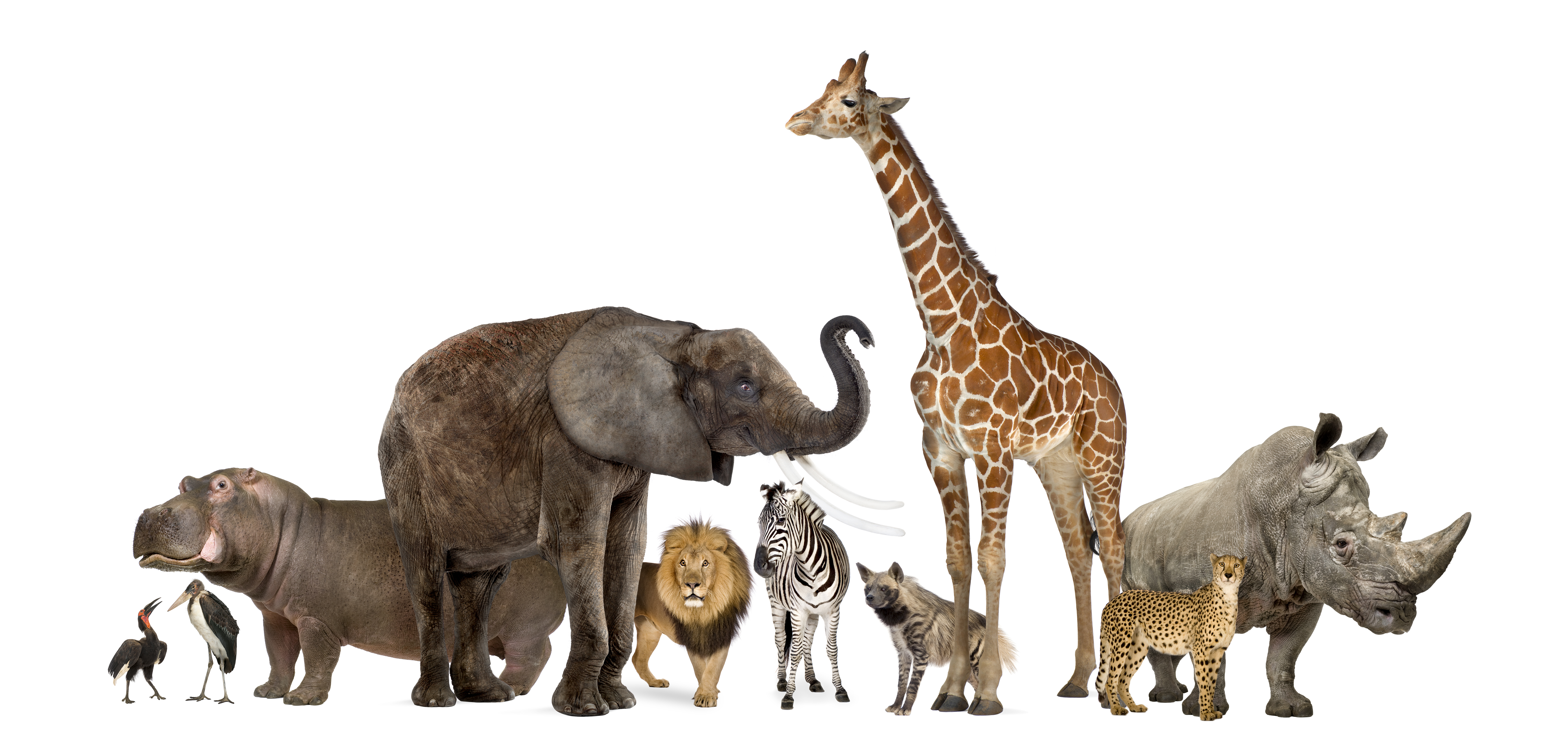
Animals have been at the forefront of environmental conservation movements, serving as symbols and catalysts for change. Iconic species such as the bald eagle, panda, and whale have captured the public's imagination, raising awareness about the importance of preserving biodiversity and protecting natural habitats. These animals have inspired legislation and international agreements aimed at conserving endangered species and ecosystems, highlighting the interconnectedness of all life on Earth. Conservation efforts have also emphasized the role of keystone species, such as wolves and beavers, in maintaining ecological balance and promoting ecosystem health. The success of these movements underscores the power of animals to unite people across cultures and inspire collective action for the greater good. By recognizing the intrinsic value of animals and their vital roles in our ecosystems, we can work towards a more sustainable and harmonious relationship with the natural world. This ongoing partnership between humans and animals is essential for ensuring the preservation of our planet for future generations.
10. The Role of Bees in Agriculture and Global Food Security
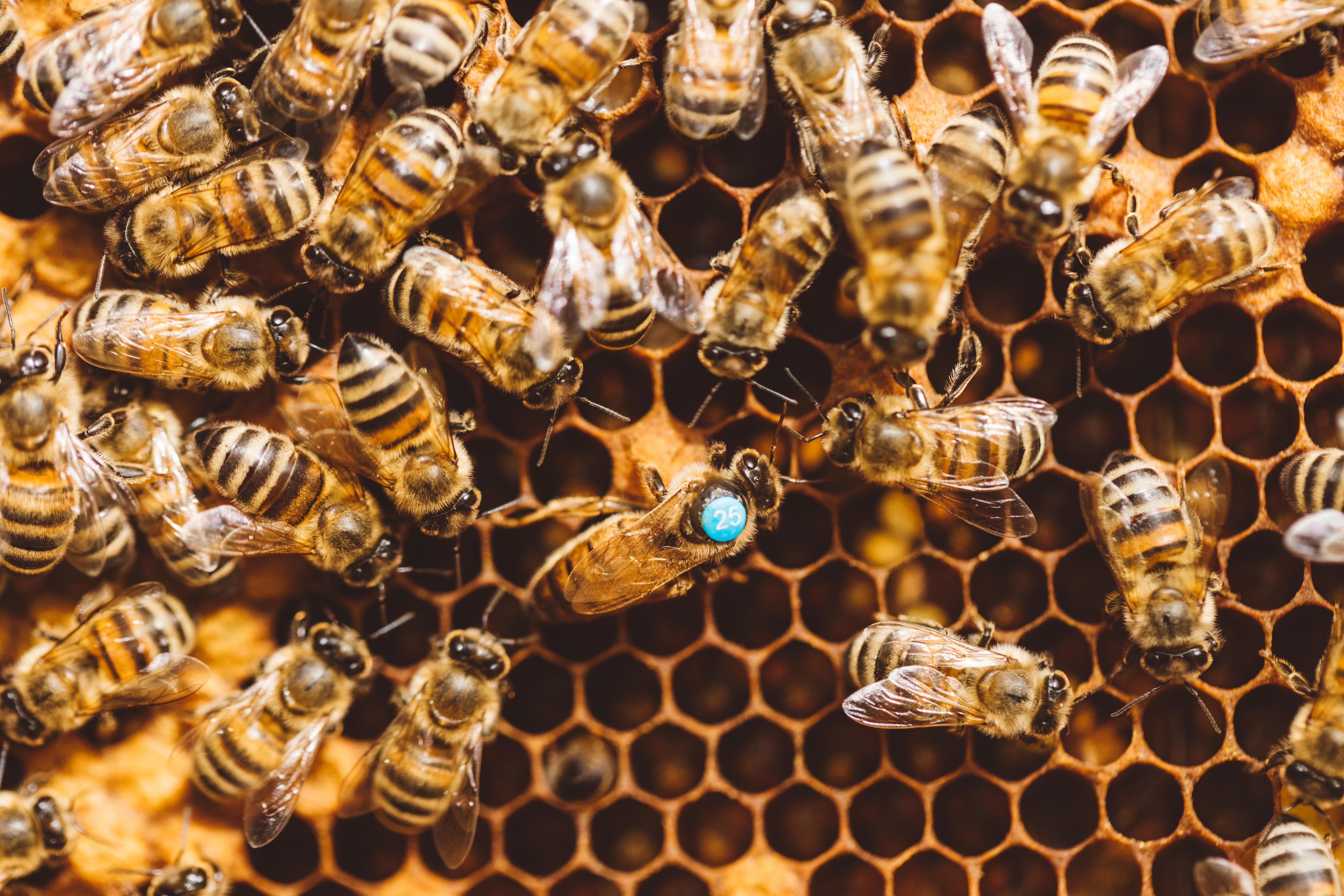
Bees are essential pollinators, playing a critical role in agriculture and global food security. Their ability to transfer pollen between flowers facilitates the reproduction of many crops, including fruits, vegetables, and nuts, which are vital components of the human diet. The decline of bee populations due to habitat loss, pesticides, and disease poses a significant threat to food production and biodiversity. This crisis has prompted increased awareness and efforts to protect and restore bee habitats, highlighting the importance of sustainable agricultural practices and environmental stewardship. The role of bees in pollination underscores the interconnectedness of human and natural systems, as their decline could have far-reaching implications for food security and ecosystem health. By recognizing the vital contributions of bees and other pollinators, we can work towards more sustainable and resilient agricultural systems that support both human and environmental well-being. This partnership between humans and bees is a testament to the importance of preserving biodiversity and promoting ecological balance.
As we face global challenges such as climate change, biodiversity loss, and food security, it is crucial to foster a harmonious relationship with the animal kingdom and work towards sustainable solutions that benefit both humans and the environment. By understanding and appreciating the influence of animals in our lives, we can build a more resilient and equitable future for all species. This reflection on our shared history encourages us to embrace the diversity of life and recognize the value of all living beings in shaping our collective destiny.







